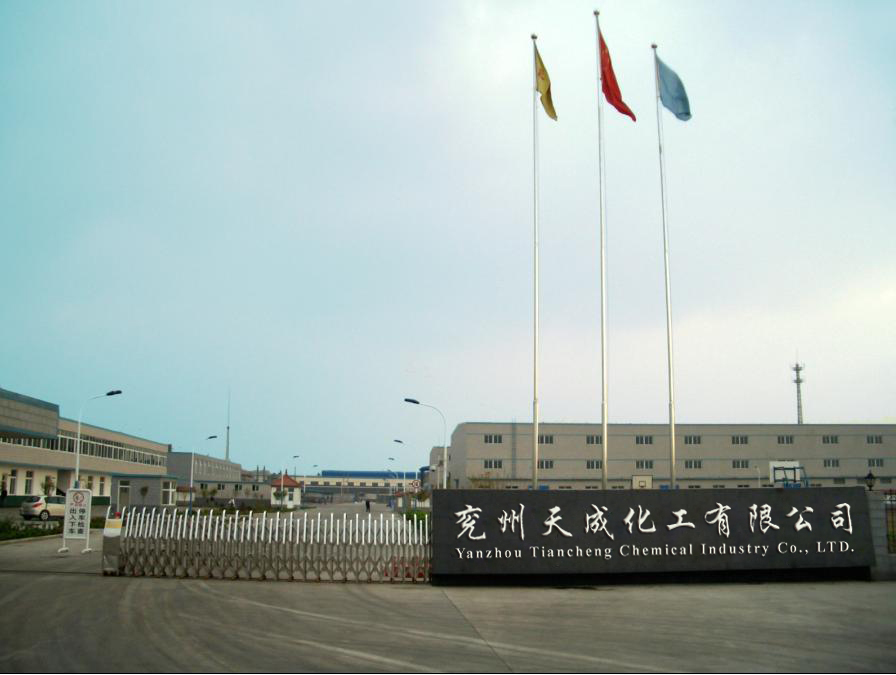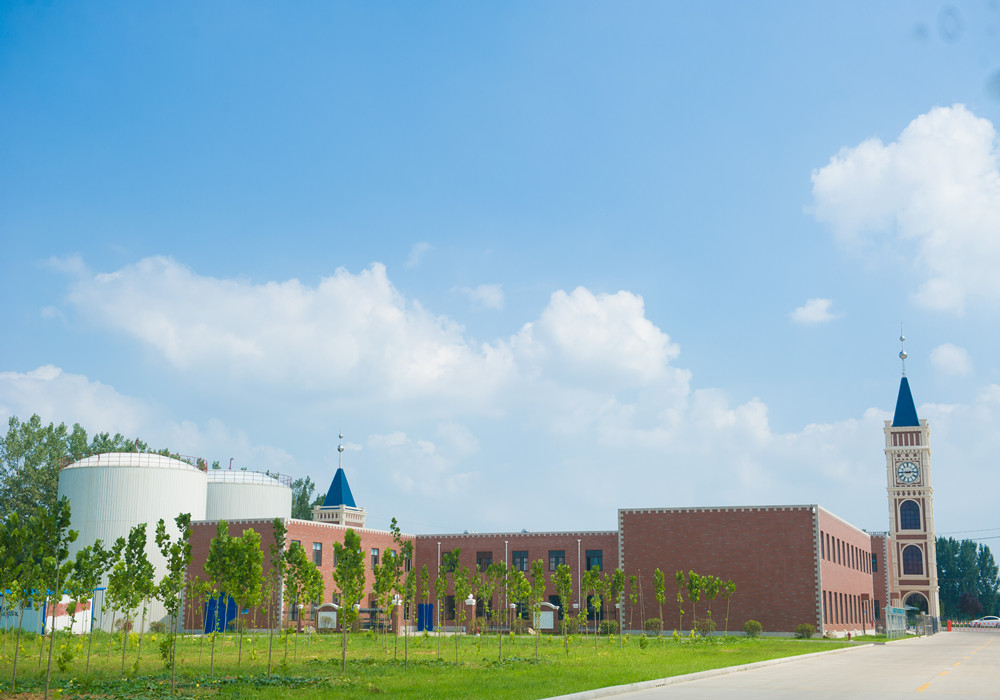One:
Clear need fertilizer characteristics
Litchi is thick and delicious and is an important economic fruit in the south. How to cultivate good quality fruits? Fertilization is one of the key links. Defining the required fertilizer characteristics of litchi is the basis of scientific fertilization in the whole growth period of fruit trees.
Different varieties of litchi require different laws. Before the flowering of Lycoris chinensis, the content of nitrogen and potassium in the leaves showed a significant positive correlation with the yield. The content of phosphorus in the flowering period was significantly positively correlated with the yield. The N, P, and K contents of the leaves of the red mature autumn twigs in March were the highest in the birth year, and their nutrient contents were in the order of nitrogen> potassium> phosphorus. There was little change in nitrogen at all growth stages of Guiwei and glutinous rice litter. Phosphorus and potassium decreased gradually, and phosphorus and potassium nutrients needed to be added later. The contents of the nutrient elements in the leaves of Dazao, blackleaves, and twigs of Litchi chinensis were from high to low: nitrogen> calcium> potassium> magnesium> phosphorus> sodium> manganese> iron> boron> zinc> copper> carbon; fruit potassium> nitrogen> phosphorus> Magnesium> Calcium> Sodium> Iron> Zinc> Copper> Manganese> Boron; Flowerpots Potassium> Nitrogen> Phosphorus> Manganese> Iron> Zinc> Copper> Magnesium; Roots Nitrogen> Potassium> Magnesium> Iron> Phosphorus> Manganese> Zinc> copper.
Litchi organs have different nutrient contents. The proportion of N, P and K in leaves and roots is similar, but the proportion of flowers and fruits is similar. The nutrient content of fruits can be used as the main basis for optimizing formula fertilization. The proportion of nutrients in the functional shoots of autumn shoots is the key to whether the litchi can bear fruit. When the top leaf nitrogen content was 1.41%-1.95%, phosphorus 0.23%-0.42%, and potassium 0.60%-1.86%, the litchi flowering resulted in an average nitrogen content of 1.70%-1.86%, phosphorus 0.25%-0.29%, and potassium 1.15%. At the time of 1.44%, the yield of Litchi Garden was better. When the leaves contained more than 1.95% nitrogen, the potassium was less than 0.40%, and the phosphorus was 0.23%-0.42%, the orchards were susceptible to large numbers of winter shoots or fruiting and fruit loss. The contents of nitrogen and calcium in leaves were significantly negatively correlated with the degree of fruit cracking. The potassium content in pulp and pericarp was the highest, followed by nitrogen. The order of nutrient content in pulp was potassium> nitrogen> phosphorus> magnesium> sulfur> calcium. The order of nutrient content in pericarp was potassium> nitrogen> calcium> magnesium> phosphorus> sulfur. The contents of boron and calcium in the peels of normal fruits were significantly higher than those in the fruit peels. The contents of calcium, phosphorus, and magnesium in the cracked pulp were significantly higher than those in normal fruits. The development of flowers must have more supply of phosphorus and potassium, and there must be more calcium supply in the later period of fruit development. The application of potassium sulfate in the middle and later stages can improve the quality and yield of litchi.
The second one:
Pay attention to the year of colonization
1 to 2 years after the litchi colonization, the root system is weak and weak, and the fertilization should be carried out in small amounts for several times. Should be dominated by nitrogen fertilizer, with a small amount of phosphorus and potassium fertilizers. It is advisable to top-dress one or two times a month, and the total dressing is about 10 times a year. Apply organic fertilizer every December or January, 50 kg per plant, add 2 to 3 kg of bran fertilizer, 0.15 to 0.25 kg of superphosphate, add a small amount of lime.
Different years of planting, fertilization methods are also different. One-year-old trees are fertilized, spread after ripping in tree trays, and then covered with soil. For 2 year old trees, fertilize trees, dig 1~1.2 meters long, 0.3 meters wide and 0.4 meters deep at the projections of the treetops on the opposite sides of the tree. Weeds, lime and a layer of topsoil are applied at the bottom of the tree. Mixed with the topsoil and decomposed farmyard manure, bran fertilizer 5 ~ 8 kg, superphosphate 0.25 ~ 0.5 kg plus a small amount of lime, the upper trench covered with subsoil.
For 3-year-old saplings, the number of top dressings can be reduced to 3 to 4 times per year, and the amount and concentration of fertilizers should be increased from the previous two years. Pay attention to the application of phosphorus and potassium fertilizers to prevent partial application of nitrogen fertilizers. Every year in summer and autumn, the young trees are expanded, green manure and organic manure are added, 0.2-0.3 kg of phosphorus and potassium fertilizers are added, and soil is covered. With the increase of the tree crown, the tree cave expands year by year and the direction of fertilization is constantly changing.
Three:
Hold 5 fertilizations
Through the young age, litchi that can be produced should be fertilized 5 times a year. The first time is to promote flower fat. Before and after Osamu application, organic fertilizer should be used as the main ingredient, including bone meal, peanut bran, soybean bran or decomposed chicken pigeon feces, pig manure, etc. It is advisable to dig more than 50 cm in deep ditch (holes), which can be mixed with borax and zinc sulfate. 1 to 2 per plant. If the bran water is poured or compound fertilizer is applied, it should be postponed to around the Spring Festival.
The second time is Zhuang Hua Fei. It should be applied at the time of first flowering, usually in late March. This fertilizer should be based on potassium plus urea, strains applied 0.25 to 0.5 kg, can also be applied compound fertilizer, but should be 2 to 3 days earlier. Under the premise of insufficient application of organic fertilizer in large or small size or not applying strong fertilizer, fruit fertilizer can be applied, otherwise it is easy to induce summer shoots and heavy fruit drop. Litchi lychee lychee during the flowering period female flowers are greatly reduced, the flower quality is reduced, and the small fruit period is almost falling light in case of drought, it should be irrigation tips, irrigation water to promote flowers, water irrigation and fruit protection. Ten days without rain, the mountains generally should be showered. However, if there is more rain when it is flowering, it is important to shake flowers and water in order to prevent it from blooming. When dry and flowering, it is advisable to spray water to prevent the stigma from drying out.
The third time is to protect fruit fertilizer. Should be 5 to 10 days spray 1 leaf fertilizer, leaf fertilizer should include zinc sulfate, magnesium sulfate, ammonium molybdate, borax or boric acid, potassium dihydrogen phosphate, imported urea and so on. Spraying foliar fertilizer can be added with disease-preventing medicine or insect repellent, especially before flowering and after June 1st, insecticide can be added.
The fourth time is a strong fruit fertilizer. In the fruit enlargement period, each plant uses 1 to 1.5 kg of cooked peanut bran plus 1 kg of three 15% compound fertilizer and 50 kg of water.
The fifth time is the result of autumn shoots. The secondary shoots should be applied twice, and the trees with more fruits after the first harvest should be used before harvesting. The trees with less results should be applied in time after fruit picking, which will help restore the tree vigor and promote hair growth. 1 autumn shoot. The second fertilizer was applied after the first autumn shoot was turned green, and the second autumn shoot was promoted. The main fertilizer was quick-acting fertilizer, and the young tree was planted with 0.25 kg of urea and compound fertilizer. Kg or single application of compound fertilizer 1.5 kg, mature tree each urea 0.5 kg plus compound fertilizer 1 kg, or single application of compound fertilizer 2 kg, when the application of the vertical surface of the crown in a different direction to open a hole or open shallow ditch, Apply soil after application. The new shoots are promptly rooted to promote shoots and shoots, and 0.2% potassium dihydrogen phosphate plus 0.3% urea are often sprayed. In order to make the late autumn shoot turn green in time, it is necessary to water the leaves in time, and the leaves must be topdressed or sprayed. When the late autumn shoots turn green, spray 1 to 2 times with 0.2% potassium dihydrogen phosphate and 0.3% urea. The ideal cultivar of black-leaved Litchi chinensis was the ideal result of the "Equinoxes-cold dew" shoots. The shoots did not produce winter shoots, and the spikes formed in the following year were short and small, and the flowering amount was small. The proportion of female flowers was high and the flowering period was late. The main purpose is to promote good shooter fertilizer, and it is necessary to have a flexible grasp based on fruit setting and soil conditions. Black Litchi lychee harvest period in early July to mid-July, generally to promote the early autumn late July to early August and early late September late autumn shoots, otherwise it is easy to extract winter shoots, affect the flower of the following year. Therefore, for trees with large fruiting capacity and weak tree vigor, the pre-harvest fertilizer and post-harvest fertilizer should be re-applied. The quick-acting fertilizer should be applied 10 days before fruit picking and after harvest, and every 50 kg of fruit should be produced. 3 kg, 3 kg of superphosphate, 50 to 100 kg of water and fertilizer, to promote the restoration of tree vigor, strive for an early autumn shoot within 15 days after harvest, and then promote the late autumn shoot from late September to early October, and pay attention to the extra-root fertilizer. Promote shoot enrichment. For trees that have only one autumn shoot and are likely to evaporate winter shoots, they must turn off the roots after the autumn shoot turns green, control the water and control the fertilizer, and suppress the winter shoots.
Shandong Tiancheng Paper Making Auxiliary Series
Tiancheng is one of the world`s largest manufacturers of chemicals, especially Alkyl ketene dimer ( AKD Wax ) with 20 years experiences and cationic reagent (3-Chloro-2-hydroxypropyltrimethyl Ammonium Chloride/quat 188/CHPTAC), raw material for producing cationic starch in China.
Shandong Tiancheng Chemical Co., Ltd. was established in 1999, located in Shandong Yanzhou Chemical Industry Park of Economic Development Zone, a high- tech enterprise on business of research, development, produce, trade etc. with registered capital of 60 million yuan and total assets of 350 million yuan and 360 employees. The main products cover paper chemicals, rubber and plastic chemicals, pharmaceutical intermediates, pesticide intermediates, fundamentals of chemical engineering etc. The products are not only sold throughout the country, but also exported to North America, Europe, Japan, Korea, Southeast Asia and other countries or regions. The quantity, quality and technology of paper chemicals leads top in the world. The share is more than 20%, covering 40% of domestic market. Paper chemicals and Environmental plasticizers have passed Pony testing and certificated by SGS testing.
Other featured products:
General AKD Emulsifier 25% Quat 188 69%
Polymer emulsifier 40% PolyDADMAC 40%
Wet strenght agent 12.5%/ 25% Styrene Acrylic Copolymer
Fixing Agent 50% Poly Aluminium Chloride
Sodium Gluconate Oxidized starch
Partners who cooperate with us: SWI, National Starch, APP Indonesia's Sinar Mas Group, U.S. IP, Japan's Oji Paper, Nine Dragons Paper, Sun paper, Kemira of Finland, Japan Arakawa Chemical and other domestic/major multinational corporations.


AKD Wax,AKD Emulsifier,High Polymer Emulsifier,Wet Strength Agent
Shandong Tiancheng Chemical Co., Ltd. , https://www.tianchengchemical.com